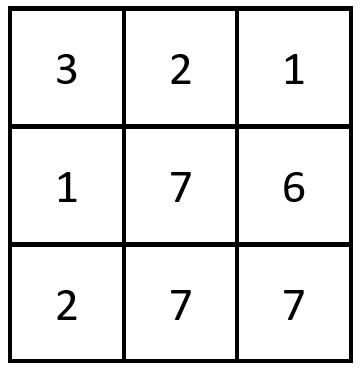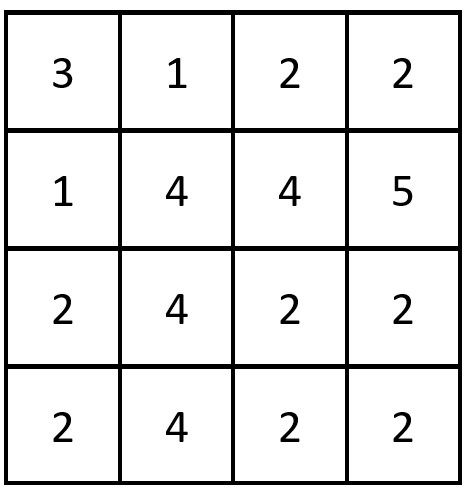2352. Equal Row and Column Pairs
2352. Equal Row and Column Pairs
Description
Given a 0-indexed n x n integer matrix grid, return the number of pairs (r<sub>i</sub>, c<sub>j</sub>) such that row r<sub>i</sub> and column c<sub>j</sub> are equal.
A row and column pair is considered equal if they contain the same elements in the same order (i.e., an equal array).
Example 1:

1 | Input: grid = [[3,2,1],[1,7,6],[2,7,7]] |
Example 2:

1 | Input: grid = [[3,1,2,2],[1,4,4,5],[2,4,2,2],[2,4,2,2]] |
Constraints:
n == grid.length == grid[i].length1 <= n <= 2001 <= grid[i][j] <= 10^5
Hints/Notes
- 2025/03/04 Q3
- map
- 0x3F’s solution
Solution
Language: C++
1 | class Solution { |